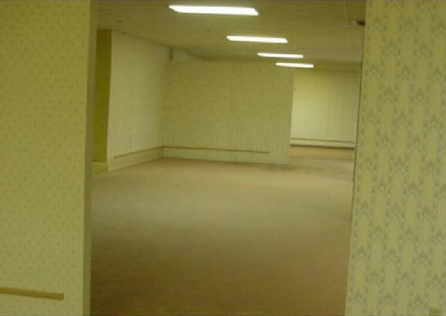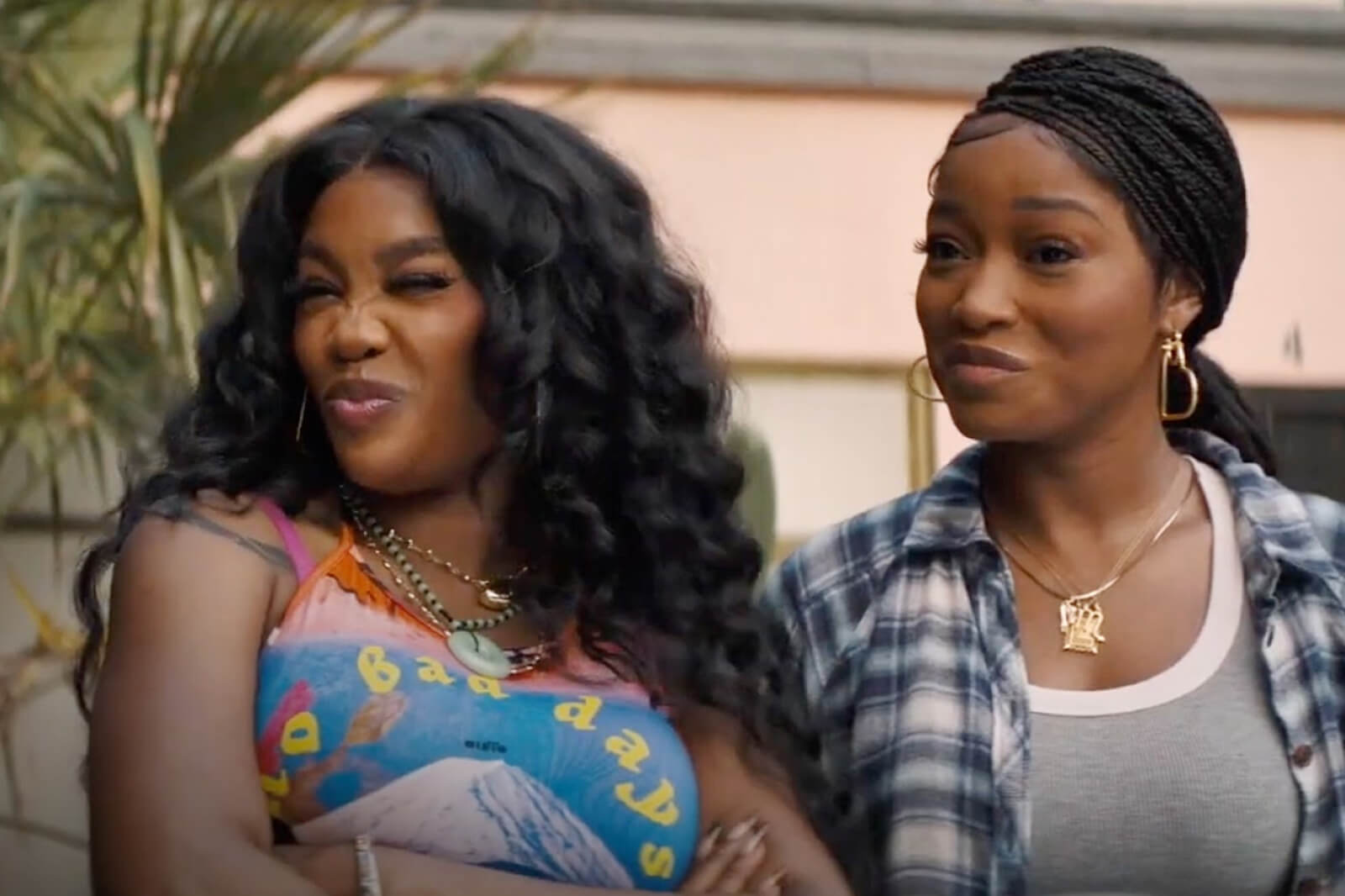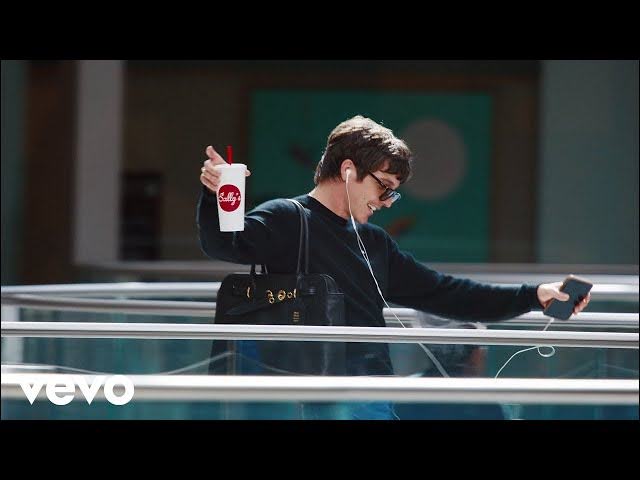
The Backrooms
Have you ever found yourself in a windowless room, illuminated by fluorescent lights?
Perhaps the room had nothing in it except for a musty smell and some faded yellowish carpet? If any of this sounds familiar, you may have stumbled upon one of the backrooms.
Like most eerie internet memes, the Backrooms as we know them were born as a creepypasta posted on 4chan. On May 12, 2019, an anonymous user posted an image of an empty room with yellowish carpet and asked people to share photos of places that just felt “off.”
Then another user commented, “If you’re not careful and you noclip out of reality in the wrong areas, you’ll end up in the Backrooms, where it’s nothing but the stink of old moist carpet, the madness of mono-yellow, the endless background noise of fluorescent lights at maximum hum-buzz, and approximately six hundred million square miles of randomly segmented empty rooms to be trapped in. God save you if you hear something wandering around nearby, because it sure as hell has heard you.”
And thus, the Backrooms were born.
Soon, users began posting other images of strange, eerie, featureless places such as empty swimming pools or peculiar basements. The backrooms found their way to Youtube and TikTok and quickly spread across the Internet, spawning meme groups and odd conspiracy theories.
Then things got weird.
The Mythology of the Backrooms
Today, the Backrooms have spawned a massive mythology almost as labyrinthine and complex as the rooms themselves.
According to the Backrooms wiki, people end up in the Backrooms when they glitch (or no-clip) out of reality and find themselves wandering through empty rooms with yellowing carpet and fluorescent lights above.
If you do stumble into the Backrooms, you’ll hit Level 0, “the lobby,” which is the room pictured in the photo that started it all. “Level 0 is a non-linear space, resembling the back rooms of a retail outlet,” the wiki reads. “All rooms in Level 0 appear uniform and share superficial features such as yellowed wallpaper, damp carpet, and inconsistently placed fluorescent lighting. However, no two rooms within Level 0 are identical.”
Level 0 is just one of eight primary known Backrooms levels, according to the wiki; and the deeper you go, the stranger things get. Yes, Internet users have invented an elaborate mythology around the Backrooms, complete with monsters and rival colonies that can be traded and communicated with.
Level 1 is apparently similar to Level 0, except at times the lights might flicker out, making this level “very dangerous.” Level 2, “Pipe Dreams,” consists of rooms lined with steaming pipes. Level 3 is an electrical station; level 4 is an office.
Level 5 is a terrifying hotel that includes a crowded lobby, a boiler room, and an “eternal ballroom,” and it is also inhabited by murderous “death moths.” Level 6 is a collection of barren, dark rooms; level 7 is a flooded house; level 8 is a series of dank caves.
Each level, according to the wiki, is inhabited by a variety of “entities” that will try to kill you, as well as numbers of colonies formed by people who have gotten stuck in the Backrooms.

@bobrossmom Hit that + for more!! #creepy #scary #interesting #backrooms #bobrossmom #selenanetflix #REMDreamCheck
Always, the Backrooms are infinite, maze-like webs of rooms. There are always monsters or demons lurking somewhere nearby, and the floors are always damp.
The Backrooms as Liminal Spaces
Since they burst onto the web, in addition to spawning their own mythology, the Backrooms have generated a digital subculture fixated on liminal spaces.
The Backrooms are, indeed, liminal spaces, prime examples of what Dictionary.com defines as something “of, relating to, or being an intermediate state, phase, or condition; in between, transitional.” Liminal spaces are places in between destinations; airports, gas stations, and yes, eerie hotels and electrical stations.
@creepy..tiktok #greenscreen face reveal later!! #BoseAllOut #fyp #foryoupage #creepytok #oddlyfamiliar #liminalspace #nostalgia #aesthetic #creepy #odd
According to author and Franciscan friar Richard Rohr, liminal spaces are places “where we are betwixt and between the familiar and the completely unknown. There alone is our old world left behind, while we are not yet sure of the new existence. That’s a good space where genuine newness can begin. Get there often and stay as long as you can by whatever means possible…This is the sacred space where the old world is able to fall apart, and a bigger world is revealed. If we don’t encounter liminal space in our lives, we start idealizing normalcy.”
Sometimes, clearly, liminal spaces can be quite positive. But the Backrooms are not that kind of space.
Perhaps what makes the Backrooms so eerie, so dark, and so claustrophobic is the idea that one might be stuck in a liminal space, forever trapped in a place designed to be ephemeral and impermanent. Like being trapped in a child’s mind despite being an adult or like being forced to spend the night in an airport, there’s a definitive feeling of helplessness to the concept of the Backrooms, a deer-in-headlights stagnancy that comes from the feeling of being trapped in a place you never should have been in the first place.
On the Backrooms Reddit, which has over 170,000 subscribers, there is constant talk of being followed, of monsters and mysterious entities and colonies and bloodthirsty “partygoers” who are husks of former humans who have gone mad within the Backrooms. But there are rarely any images of these characters: There are only images of empty rooms and expressions of fear. In some ways, the Backrooms seem like manifestations of fear itself – fear of the unknown, fear of being forgotten, or fear of being lost forever in emptiness, doomed to forever wander, seeking something.

The Backrooms as Post-Apocalyptic Residue
There is also something post-apocalyptic about the Backrooms, which evoke something of a post-disaster universe, with their rogue colonies and looming danger. The Backrooms are remnants of things humans created and left to rot.
“The reason why we are fascinated with these images of vacant, abandoned, and eerie locations is that, for the most part, they represent the false promises of the modern era,” writes Ramcpu in an article on sabukaru.online.
“Without the distraction of living subjects in the photos, the sometimes absurd spaciousness helps us realize that even in the comfort of our own home, neighborhood, or city…we are in nothing more than an artificial desert, one made to distract us from the reality and spontaneity of our natural world.”
Liminal spaces and the Backrooms show us images of worlds without humans; yet that world is permanently altered by the scars and ruins we have left. The Backrooms are worlds where there is no way to escape an endless hallway or a parking garage, let alone to exit the simulation entirely; and within them, you can forget about ever seeing the sky.
The Backrooms as Uncanny Objects
Devoid of time, detached from reality, the Backrooms are distinctly uncanny, a term originally conceptualized by Sigmund Freud, who saw the “unheimlich” as not something foreign or mysterious, but rather as something that was once familiar but then became repressed and later reemerged in a distorted way.
This describes the Backrooms perfectly. They are spaces that were once full of life, but in their eerie reemergence in some bleak parallel dimension, it seems certain that something awful has happened there — something traumatic and unthinkable, something that could easily manifest as a monstrous entity in more imaginative minds.
It’s clear that the Backrooms have something to do with distant childhood memories. For the young Internet users who comprise most of the Backrooms’ fandom and who maintain TikTok’s liminal community, the Backrooms are distinctly nostalgic and specifically evocative of bygone times.
“I feel like because of recent times, much of our generation is hardened enough and old enough to start looking backward towards the better days of their childhood, as the world we live in right now may be too painful to bear,” says TikTok user @yourlocalbreadmanz, who creates surrealistic videos inspired by liminality. “Liminal images just capture that feeling of being somewhere you’ve been before in better times, but the beauty of it is that it’s personal to everyone.”
Freud also believed our fears of the uncanny relate to our fears of death and dissolution, which makes sense given the Backrooms’ anonymity. Similarly, in Being and Time, Martin Heidegger argues that uncanniness is related to fears of the future, proposing that angst or dread is a way of “being in the world.”
“When falling we flee into the ‘at home’ of publicness, we flee in the face of ‘not-at-home’; that is, we flee in the face of uncanniness which lies on Dasein — in Dasein as thrown-being-in-the-word, which has been delivered over to itself in its being,” he wrote. In other words, simply being alive and aware of death instills a feeling of uncanniness in us all.

If this is the case, then the Backrooms may just be another manifestation of our fear of death, which veers up when we enter a place that is familiar but not quite right — that perhaps is studded with death or loss in a way that reminds us of our own mortality or that shakes us out of our normally complacent acceptance of reality to reveal the cracks that surround all of our lives.
In Norwegian Wood, Haruki Murakami describes Heidegger’s feeling of uncanniness as not-being-at-home quite vividly: “I raised my head and turned to see what lay beyond the phone box. Where was I now? I had no idea. No idea at all. Where was this place? All that flashed into my eyes were the countless shapes of people walking by to nowhere.”
This could describe the feeling of awakening in one of the Backrooms, seeing those flickering lights, and discovering that you are no longer who you were; perhaps you never will be again.
Hauntology of the Backrooms
The Backrooms are also distinctly haunted. Perhaps, in addition to being haunted by the ghosts of the past, they are haunted by the ghosts of lost futures, as Mark Fisher would put it.
Fisher often wrote about hauntology, a term originally proposed by Jacques Derrida in reference to Marx’s argument that a spectre is haunting Europe—the spectre of communism.”
Derrida saw the ghosts of communism everywhere in capitalism, lurking just beyond sight; perhaps they lurk in the Backrooms. “The commodity thus haunts the thing, its spectre is at work in use-value,” he wrote in What Is Ideology? “This haunting displaces itself like an anonymous silhouette or the figure of an extra [figurante] who might be the principal or capital character. It changes places, one no longer knows exactly where it is, it turns, it invades the stage with its moves: there is a step there [il ya là un pas] and its allure belongs only to this mutant.”
Yet again, this could describe the experience of a lost soul wandering Backrooms, unaware of where it is anymore, distinctly out-of-joint within the arms of capitalism’s ruined spaces.
“Liminal worlds hint at what Fisher referred to as a nostalgia for lost futures,” writes Günseli Yalcinkaya for Dazed. “By excavating artefacts from the past, we can cushion ourselves from the harsh realities of the present, providing a much-needed respite from the neverending flux of neoliberal ideologies and post-capitalist enterprises.”
In the words of Colin Davis, hauntology is “the priority of being and presence with the figure of the ghost as that which is neither present, nor absent, neither dead nor alive.” One could describe the Backrooms as neither being nor not-being. Theoretically, they are places, but they are also the inverse of place, both literally and conceptually.
They are there and not there at all, and in that, they embody the glitchiness of existing in a human body, and specifically in our precarious modern era. “In many cases a hauntological layer in art pointedly reminds us that what we’re witnessing is an imperfect, failure-prone and/or all-too-human construction,” writes Adam Harper in his blog excessive aesthetics. Like the uncanny reminds us of the strangeness of an existence framed by death, hauntology reminds us of the strangeness of living in an imperfect world built by imperfect humans.
@lights.are.off nothing makes sense in the backrooms #fyp #horror #foryou #foryoupage #cgi #vfx #backrooms
Can You Escape the Backrooms?
The Backrooms, with their moldy carpets, dripping pipes, and unfortunate wallpaper, perhaps reflect back the eeriness that does lurk around many corners of human existence, if one looks too deep into the wrong areas. These rooms remind us of repressed memories and lost futures, of the ugliness and destruction of certain aspects of creation and of the waste we all leave behind. Naturally, if one wanders around too long in the Backrooms, one goes insane and becomes a cannibalistic partygoer.
But there are silver linings. Derrida believed that hauntology meant an alternative to capitalism was always around the corner. If we can see the Backrooms as ghostly embodiments of something profoundly wrong, perhaps we can open a door to something distinctly right.
“With Liminal Spaces we are able to come to terms with the confusing memories of our past and simultaneously imagine a future that will inspire us to build a better world than the one we were born into,” writes Ramcpu.
At the very least, scrolling through images of the Backrooms presents a clear image of a world that none of us want to fall into. Perhaps we are already there. At the very least, we are all there together, trapped in our nostalgic amnesia, always working to reach the next level, following the siren song of escape.
- What I Learned When Donald Trump Visited the Club Where I … ›
- Conspiracy Theory Thursday— Keanu Reeves Is Immortal – Popdust ›













